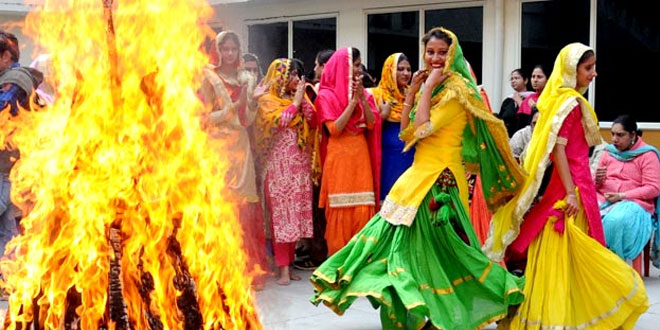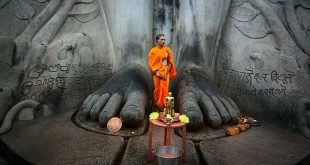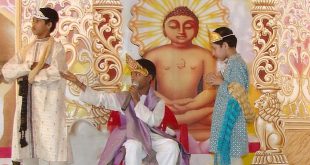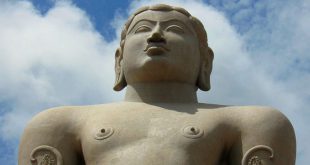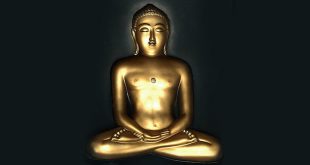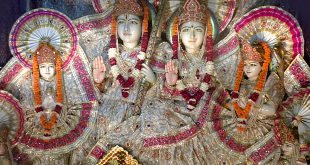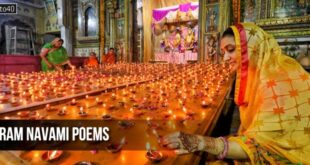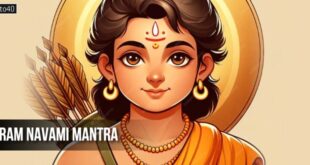Lohri Customs and Traditions: The various customs and traditions attached to the festival of Lohri signifies the harvesting of the Rabi crops. The people of Northern India, especially Punjab and Haryana celebrate Lohri, to mark the end of winter. Harvested fields and front yards are lit up with flames of bonfires, around which people gather to meet friends and relatives and sing folk songs. For Punjabis, this is more than just a festival; it is also an example of their love for celebrations. Lohri celebrates fertility and the joy of life. People gather around bonfires, throw sweets, puffed rice and popcorn into the flames, sing popular and folk songs and exchange greetings.
Bonfire Festival Lohri Customs and Traditions:
In the morning, children go from door to door singing songs in praise of Dulla Bhatti, a Punjabi version of Robin Hood who robbed from the rich and helped the poor. These visitors are usually given money as they knock on their neighbor’s doors. In the evening, people gather around bonfires, throw sweets, puffed rice, and popcorn into the flames, sing popular folk songs and exchange greetings.
In the evening, with the setting of the sun, huge bonfires are lit in the harvested fields and in the front yards of houses and people gather around the rising flames, circle around (parikrama) the bonfire and throw puffed rice, popcorn and other munchies into the fire, shouting “Aadar aye dilather jaye” (May honor come and poverty vanish!), and sing popular folk songs. This is a sort of prayer to Agni, the fire god, to bless the land with abundance and prosperity.
After the parikrama, people meet friends and relatives, exchange greetings and gifts, and distribute prasad (offerings made to god). The prasad comprises five main items: til, gajak, jaggery, peanuts, and popcorn. Winter savories are served around the bonfire with the traditional dinner of makki-ki-roti (multi-millet hand-rolled bread) and sarson-ka-saag (cooked mustard herbs).
On the Lohri day everyone gets into their best clothes and is festive. Gifts of sweets are exchanged. The courtyard and rooms of the house are swept and sprinkled with water. As the sun sets, all people dress up in their best and gather around the bonfire. Newly wed ones wear jewelry. The new-born are given little combs to hold. The a burning fagot is brought from the hearth and sets the Lohri bonfire alight. As the flames leap up, the girls throw sesame seed in them and bow. Someone sings:
“Let purity come, dirt depart
Dirt be uprooted and its roots Cast in the fire.”
People throw sticks of sugarcane into the fire and an aroma of burning sugar spreads in the atmosphere. Girls light fireworks and sparklers. The fire’s glow lights faces with a golden hue. People sing and dance till the early hours of the morning, and little children sleep in their mother’s laps.
When people throw sesame seeds in the fire they ask for sons. The saying is: As many as the elder brother’s wife throws, so many sons the younger brother’s wife will bear. That is why in homes where there is a new-born son or a newly wed man, Lohri is celebrated with even greater enthusiasm, and sweets made of molasses and sesame seed are sent to relatives and friends. Since the Punjabi word for sesame seed is til and for molasses rorhi the festival is also called Tilori.
Lohri is also an occasion when parents give presents to their newly married daughters. “For peasants, Lohri marks the beginning of a new financial year because on this day they settle the division of the products of the land between themselves and the tillers.
 Kids Portal For Parents India Kids Network
Kids Portal For Parents India Kids Network
